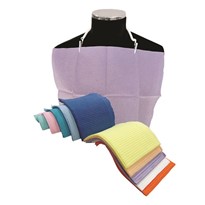The first thing you need to understand is the different types of autoclaves available in the market. These are known as class N, class S and class B autoclaves.
The class N autoclaves use gravity displacement to remove a part of the air inside the sterilisation chamber.
These are not recommended to sterilise objects with holes and are recommended only for sterilising flat instruments such as scalpels.
These are also not meant for sterilising bagged or porous objects. The class S autoclaves work by pushing steam inside the chamber which removes the air inside.
This process is repeated multiple times to get rid of all the air inside the sterilisation chamber.
These autoclaves are recommended for sterilising bagged and porous products but not textiles.
The other class is the class B autoclaves which are recommended for all kinds of materials. These autoclaves have a vacuum pump to remove the air.
The removal of air creates a negative pressure which causes steam to enter the chamber. It is the best autoclave for dental practices.
Choosing the Right Autoclave for Your Dental Practice
Now that you are aware of the different types of autoclaves available in the market, it should be easier for you to start doing your research in order to make the right choice.
However, you need to be aware that all the autoclaves to be used at dental practices are required to meet the AS/NZ 4815 standards.
While a class B autoclave is definitely the best choice for a dental practice, there are certain other things you need to take into account to make the right choice.
For instance, the type of load that needs to be sterilised such as handpieces, tools, tubing or other instruments among other things.
Another important thing you need to look at is the staff who is assigned to sterilise.
Here’s a list of some of the other factors you need to look at in order to make the right choice.
Brand
These days, all kinds of brands are available at various price points.
Companies from Korea, China as well as established brands from the USA and European countries have introduced a variety of models at different price points.
Therefore, it is important for you to make sure that the manufacturer of the autoclave has a good reputation in the industry.
Don’t buy a no-name autoclave as it can be dangerous for your patients as well as your staff, and you.
Options
When you're buying from an established supplier, choose one who offers a wide variety of options and helps you arrive at the right decision.
If a distributor tries to push a particular model, it's time to look for another one.
Reliability
Simply put, reliability refers to the warranty, after-sales service and easy availability of trained technicians for regular servicing and maintenance.
Make sure the autoclave comes with at least a few years warranty and trained technicians are available for annual calibration, servicing and maintenance.
If you run a busy practice, you obviously don’t want your staff to chase service technicians to make sure everything is right with the autoclave.
Volume
If you have a busy practice and it is growing at a fast pace, it's better to buy an autoclave with a bigger capacity.
Don't just choose a bigger capacity model for the sake of it as bigger autoclaves also consume more energy.
In terms of capacity, experts recommend buying multiple autoclaves with average capacity instead of buying a large one as it will save a lot of time.
Accessories
Some models also come with accessories such as an attached printer to keep track of the sterilised products.
You can choose this option if you feel it is something you need.
Conclusion
To conclude, the choice of right autoclave for your dental practice will depend on your specific requirements in terms of capacity and the person who is going to handle the steam steriliser.
Keep the above-mentioned tips in mind in order to compare various models and choose something that is just right for you.


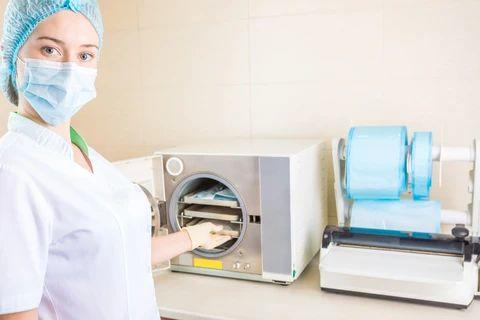




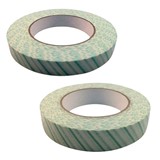

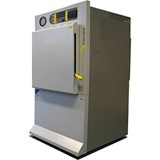
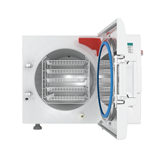



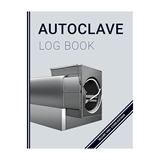
-205x205.jpg)
-205x205.jpg)

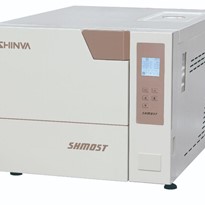

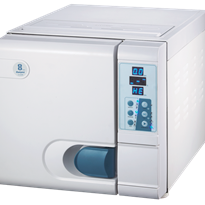
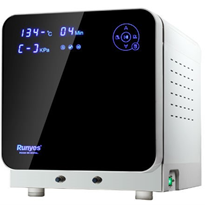
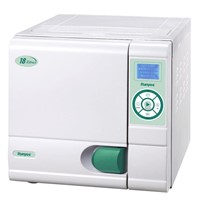
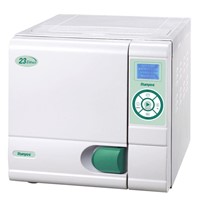
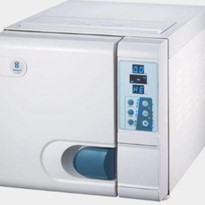
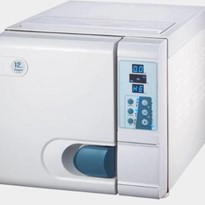
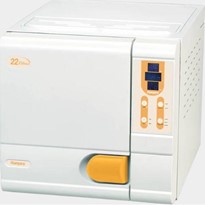
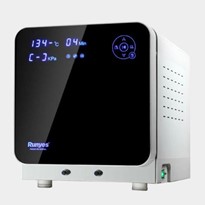



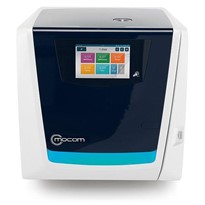
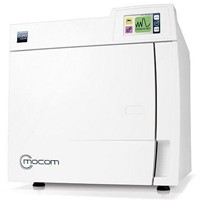
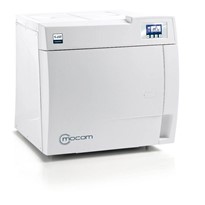


-205x205.jpg)

